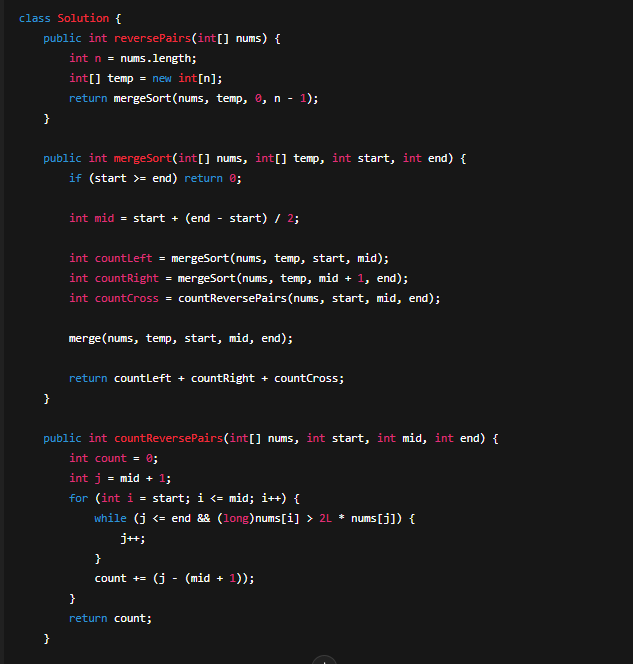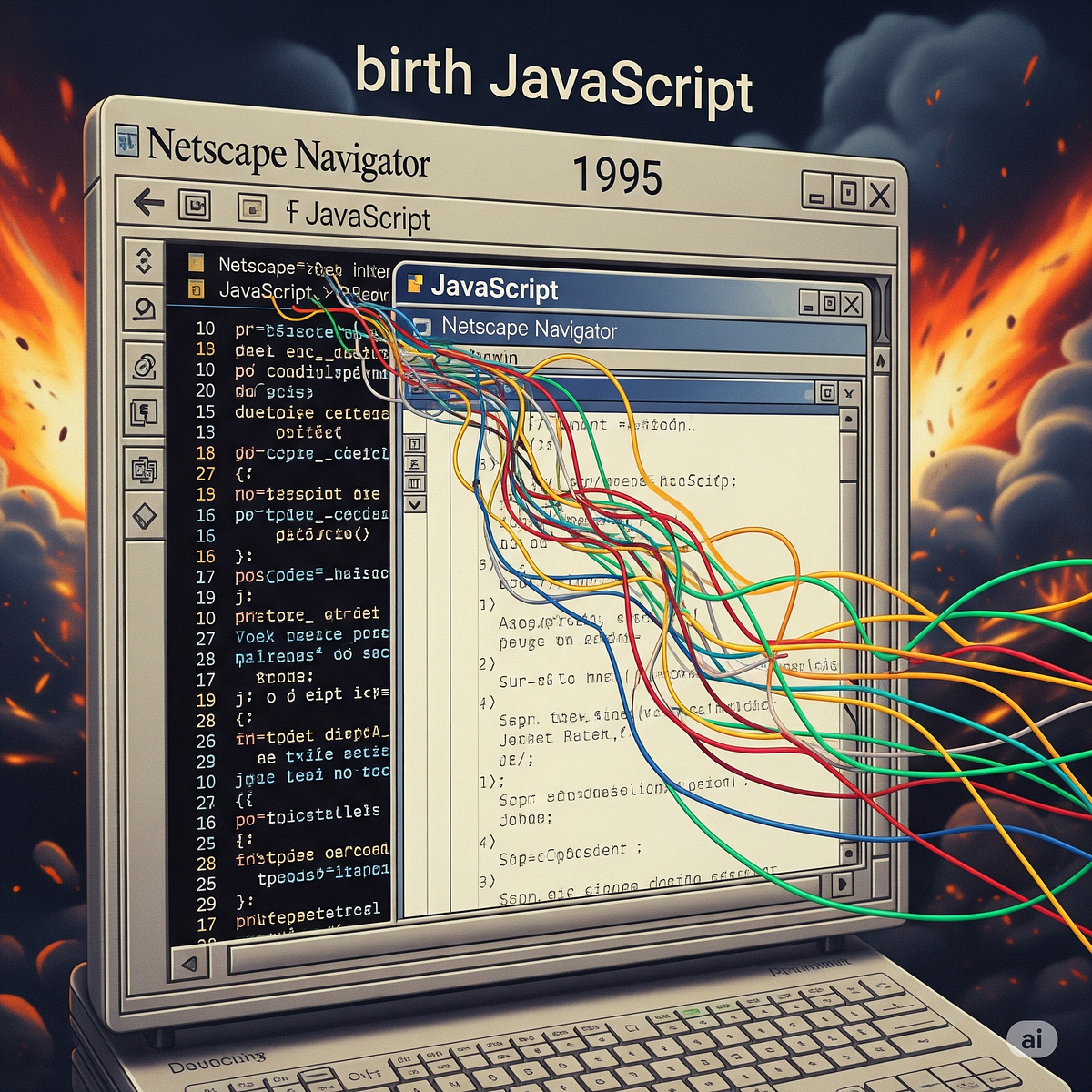Programming News
Dev
212

Image Credit: Dev
Cross Platform Tool Building Universal Web Applications Advanced(1751402450832800)
- Junior computer science student shares transformative experience in understanding cross-platform development.
- Hyperlane framework in Rust offers performance, safety guarantees, validated compile-time configuration, and zero-cost abstractions.
- Framework leverages Rust's ownership for memory safety, Context-driven architecture, middleware system, and real-time communication.
- Performance analysis showcases exceptional throughput, low latency; memory management, dynamic routing, and error handling discussed.
- Future directions include WebAssembly integration, microservices support, and evolving web standards adaptation.
Read Full Article
12 Likes
Medium
313

Image Credit: Medium
Discover How I Made $1,000 Minting Memecoins Effortlessly
- Phantom Mint offers a simple and accessible way for anyone to mint their own memecoins without prior skills or investment.
- Users like John and Sarah have seen success, earning hundreds to thousands of dollars by minting coins with Phantom Mint.
- Phantom Mint stands out for its ease of use and potential for rapid profit growth without the need for financial expertise or upfront costs.
- Joining Phantom Mint provides not just a minting tool but access to a community of cryptocurrency enthusiasts and opportunities for profit in the evolving crypto landscape.
Read Full Article
18 Likes
PlanetPython
309

Image Credit: PlanetPython
PyCoder���s Weekly: Issue #688: Checking Dicts, DuckDB, Reading shelve.py, and More (July 1, 2025)
- Statically checking Python dicts for completeness, ensuring changes in Enum and dict occur together.
- Using DuckDB in Python to query large datasets with SQL, handle files, and integrate with pandas.
- AI development insights on transforming agentic flows into reliable systems for production.
- Updates include lxml 6.0.0 release, PEP 751 and PEP 685 final versions, and videos from DjangoCon EU 2025 available.
Read Full Article
18 Likes
Dev
201

Image Credit: Dev
Memory Layout Optimization(1751397698264100)
- Understanding Hyperlane framework's memory layout optimization through performance development transformation journey.
- Hyperlane offers Rust-based web development with zero-cost abstractions and compile-time guarantees.
- Framework's design simplifies deployment issues and leverages Rust's ownership system for memory safety.
- Features like context-driven architecture and middleware system enhance web services capabilities.
- The framework excels in real-time communication, performance optimization, and memory management efficiency.
Read Full Article
12 Likes
Discover more
- Software News
- Web Design
- Devops News
- Open Source News
- Databases
- Cloud News
- Product Management News
- Operating Systems News
- Agile Methodology News
- Computer Engineering
- Startup News
- Cryptocurrency News
- Technology News
- Blockchain News
- Data Science News
- AR News
- Apple News
- Cyber Security News
- Leadership News
- Gaming News
- Automobiles News
Dev
333

Image Credit: Dev
Web Development Learning Path(1751397491754700)
- Junior computer science student shares transformative journey in learning modern web development.
- Explored Hyperlane framework in Rust focusing on architecture, design patterns, and efficiencies.
- Discusses context-driven architecture, middleware system, real-time communication, and performance optimization.
- Covers error handling, memory management, troubleshooting, and future directions with the framework.
- Hyperlane offers performance, safety, and productivity, ideal for modern web applications development.
Read Full Article
20 Likes
Dev
341

Image Credit: Dev
Practice of Test Driven Development Strategy from Unit Testing to Integration Testing(1751397248015200)
- Transformation in understanding developer_experience development, lessons in modern web framework design.
- Hyperlane framework's Rust-based design offers safety, performance with zero-cost abstractions.
- Framework's Context pattern, middleware system, real-time communication support, high performance highlighted.
- Extensive testing shows exceptional performance, memory management, advanced features, best practices.
- Detailed insights on troubleshooting, production considerations, and future directions in web development.
Read Full Article
20 Likes
Dev
288

Image Credit: Dev
You Think Your Website Is Fast? These Myths Are Slowing You Down
- Developers often optimize websites for metrics that don't reflect real user experience, leading to underperformance.
- Common myths about web performance include focusing too much on Lighthouse scores, device-specific loading speed, overusing lazy loading, relying solely on CDNs, and believing modern JS frameworks are always fast.
- Solutions include measuring actual user experience with tools like PageSpeed Insights and CrUX, testing under realistic conditions, optimizing lazy loading practices, using CDNs with server-side rendering, considering lighter JS frameworks, and prioritizing image optimization.
- It is essential to optimize for real user experience metrics like LCP, CLS, and INP, and focus on fast perception and interaction, rather than just scores.
Read Full Article
17 Likes
Medium
10
Image Credit: Medium
top Chasing Lighthouse 100: What Real Speed Means in 2025
- Developers and bloggers are still falling for outdated web performance beliefs despite changes in Google's expectations and evolving Core Web Vitals.
- The biggest myths hurting website speed, UX, and SEO include obsessing over scores and not optimizing for what users actually experience.
- To improve website performance, it is recommended to check field data, simulate slow devices, lazy load images, use a CDN, and optimize images with WebP and AVIF formats.
- Using tools like Chrome DevTools, CrUX, and frameworks built for performance, along with aggressive code-splitting and hydration, can enhance website speed and user experience in 2025.
Read Full Article
Like
Medium
186

Image Credit: Medium
The Cognitive Bias That Makes Every Estimate Wrong (And How to Fix It)
- The planning fallacy, a cognitive bias, leads to underestimating the time needed to complete tasks, causing inaccurate estimates.
- Developers often struggle with the planning fallacy, leading to situations where project timelines overrun due to unforeseen challenges.
- The mismatch between estimated and actual project timelines is not solely attributable to inexperience or lack of skills, but rather a fundamental cognitive bias ingrained in human thinking.
- Understanding the planning fallacy can help individuals improve their estimation accuracy by accounting for the inherent optimism bias in predicting task completion times.
Read Full Article
11 Likes
Medium
144
Image Credit: Medium
Why I Automated My Expense Tracking
- The author automated their expense tracking using bank SMS alerts, email statements, and Python.
- The system built by the author does not involve bank logins, third-party apps, or subscriptions, and can be extended with SQLite or Supabase for syncing across devices.
- By exporting SMS messages and applying a parser to extract transaction data, the author extracts structured information from messy messages and categorizes transactions.
- The author also creates a web dashboard of spending by category using Plotly + Dash and suggests storing all parsed transactions in SQLite or Supabase to build a Telegram bot for querying spending.
- The article is not eligible for web story generation as it contains technical details and step-by-step instructions rather than a narrative fit for a web story.
Read Full Article
8 Likes
Medium
137

Image Credit: Medium
Day 02/45 of Solving Leetcode Problems: Count Reverse Pairs
- The author shares their experience of solving a challenging Leetcode problem called Reverse Pairs.
- Initially, the author struggled with the problem, feeling lost despite trying various approaches.
- After hours of trying and feeling mentally drained, the author finally grasped the solution logic involving merge sort and two-pointers.
- The experience served as a reminder for the author to persist, improve, and not give up, despite feeling behind their peers.
- Overall, the author learned the importance of perseverance and giving their best effort in tackling difficult challenges.
Read Full Article
8 Likes
Medium
249

Image Credit: Medium
The Birth of JavaScript (1995): From Netscape to Naming Wars
- JavaScript was born in 1995 as a transformative innovation during the early stages of the internet.
- Netscape, the creator of Netscape Navigator, played a crucial role in envisioning a more interactive web.
- JavaScript's origin story involves a rapid ten-day development sprint and a naming controversy.
- The language later revolutionized web development by enabling dynamic behaviors without requiring page reloads.
Read Full Article
15 Likes
Dev
66

Image Credit: Dev
Technical Blog Writing Guide(1751392155331900)
- A junior computer science student shares insights on learning modern web framework development.
- The article dives into the Hyperlane framework, focusing on architecture, design patterns, and implementation.
- Key topics include context-driven architecture, middleware system, real-time communication, and performance analysis.
- The framework's strengths in memory management, dynamic routing, error handling, and performance debugging are highlighted.
- The comprehensive exploration concludes with best practices, troubleshooting methods, and future directions for Hyperlane.
Read Full Article
4 Likes
Dev
105

Image Credit: Dev
Minimalist Web Service Philosophy(1751392150728800)
- Transformation in developer experience through Hyperlane framework exploration.
- Hyperlane's Rust-based design philosophy ensures performance and safety in web development.
- Framework's zero-cost abstractions and compile-time guarantees reduce runtime errors, enhancing production readiness.
- Features include context-driven architecture, middleware system, real-time communication, and performance optimization.
- Robust error handling, memory management, and future directions highlight framework's potential in web development.
Read Full Article
6 Likes
Dev
84

Image Credit: Dev
5 Cheap Object Storage Providers
- AWS S3 competitors offer cheaper object storage solutions with reliable alternatives.
- Top 5 providers like Backblaze B2 and Wasabi offer affordable storage options.
- Cloudflare R2, Hetzner, and MinIO are other cost-effective options users can consider.
- Factors to evaluate include storage costs, egress fees, and overall durability and reliability.
- Providers cater to diverse needs, from reliable storage to global edge caching capabilities.
Read Full Article
5 Likes
For uninterrupted reading, download the app